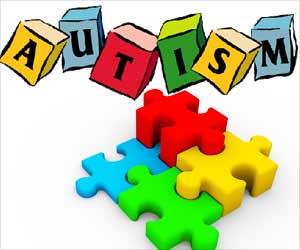Alexithymia is difficulty in describing feelings. The prevalence of alexithymia in the general population varies from 5 to 14 percent.

‘Having alexithymia in adolescence cannot be a very reliable predictor of defining the levels of alexithymia in young adulthood, as the alexithymia levels decrease when entering young adulthood.’





Alexithymia levels were also found to be associated with loneliness, problems in peer relationships, and psychological symptoms, such as depression and dissociation. The findings from a five-year follow-up study were published in Journal of Psychosomatic Research.Alexithymia can be described on three different scales: difficulty identifying feelings, difficulty describing feelings, and externally oriented thinking.
According to earlier studies, the prevalence of alexithymia in the general population varies from 5 to 14%.
The study published now is the first to investigate the stability of alexithymia between adolescence and young adulthood. In addition, the researchers studied the association between alexithymia, peer relationships, and psychological symptoms.
At baseline, 755 adolescents aged 13–18 years from comprehensive, upper secondary, and vocational schools in Kuopio, Eastern Finland, completed as self-rated questionnaire on alexithymia, peer relationships, and psychological symptoms. At five-year follow-up, the young adults, now aged 18–25 years, completed another self-rated questionnaire on alexithymia.
Advertisement
In both the baseline and follow-up phases of the study, levels of alexithymia were higher in those who in the baseline questionnaire reported poor peer relationships, more experiences of loneliness, and symptoms of depression and dissociation, such as memory disorders, seeing themselves or the world as an outsider, fluctuations in identity, immersion in things at hand, or unexplained physical symptoms.
Advertisement
According to the researchers, the results show that levels of alexithymia in adolescence are not a very reliable predictor of levels of alexithymia in young adulthood. However, psychological symptoms may affect the consistency of alexithymia during adolescent development.
Source-Eurekalert














